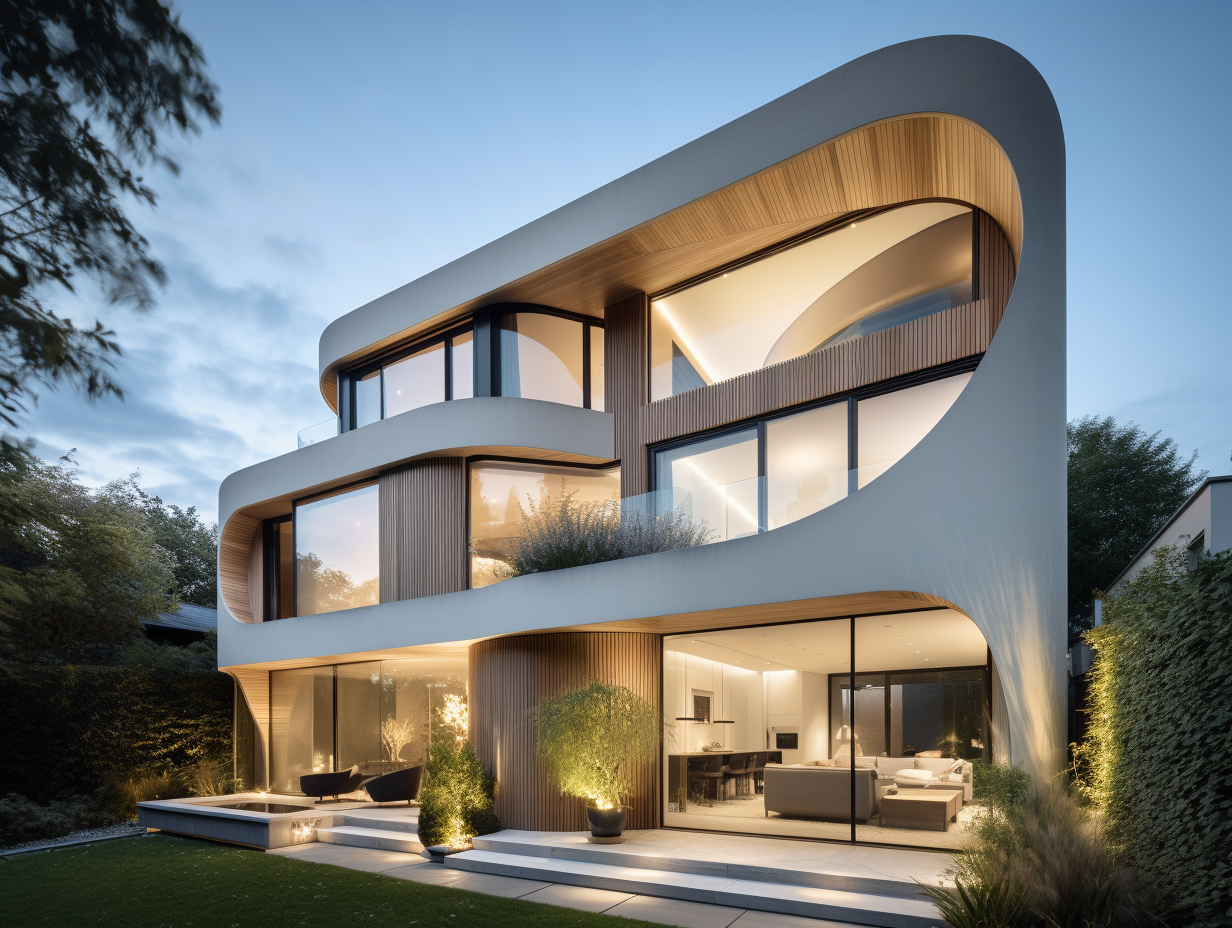Top Reasons to Choose CDA Architects for Your Residential or Commercial Designs
Recognizing the Collaborative Refine In Between Designers and Engineers in Modern Building Projects
The collective procedure between designers and designers is vital in modern building tasks, as it balances layout intent with engineering feasibility. Discovering these dynamics exposes understandings that could dramatically impact job end results and overall sector requirements.
The Relevance of Collaboration
The collective harmony in between architects and engineers is necessary for the effective realization of any type of building and construction task. This partnership brings with each other distinctive knowledge and viewpoints, making it possible for the integration of innovative style with functional design remedies. By collaborating, designers and engineers can guarantee that a job not just fulfills visual and useful needs yet additionally sticks to safety, sustainability, and budgetary constraints.
Collaboration fosters a shared vision, helping with the positioning of goals and expectations from the outset. This alignment is critical in dealing with prospective obstacles and mitigating risks that might develop during the job lifecycle. A collaborative approach allows for the reliable appropriation of sources, enhancing both time and cost.
The relevance of cooperation includes the iterative process of style and construction, where comments from engineers can inform building choices, resulting in more viable and lasting designs. Alternatively, designers can inspire designers to believe creatively concerning exactly how to achieve architectural stability without compromising creative intent. Ultimately, the collaborative partnership between engineers and designers is not merely valuable; it is essential to the creation of top notch, practical, and cutting-edge developed settings that satisfy the demands of society.
Interaction Methods and Devices
Effective interaction techniques and devices are vital for promoting cooperation between engineers and engineers throughout the job lifecycle. Establishing clear channels of interaction is important to ensure that all group participants are lined up with task objectives, timelines, and obligations. Routine conferences, both in-person and virtual, offer opportunities for stakeholders to go over development, address worries, and make informed choices.
Making use of project monitoring software application, such as BIM (Structure Details Modeling) platforms, improves partnership by making it possible for real-time sharing of design adjustments and technological requirements. These devices facilitate openness, allowing designers and engineers to picture adjustments and assess their influence on the general job.

Shared Goals and Task Vision

Developing shared objectives entails open dialogue and a detailed understanding of each self-control's payments. Architects normally focus on design intent, spatial partnerships, and customer experience, while engineers highlight architectural integrity, systems performance, and conformity with regulations (cda architects). When these point of views are straightened, the result is a cohesive job that sticks to both innovative aspirations and technical expediency
In addition, a well-defined project vision promotes liability amongst employee, encouraging each participant to take ownership of their function in attaining the preferred end result. Normal check-ins and collaborative workshops can even more strengthen this commitment, enabling for modifications to be made as the task advances. Inevitably, a common vision not just boosts synergy but likewise boosts the top quality of the last deliverable, bring about effective task conclusion.
The Duty of Modern Technology
Leveraging innovation has actually become vital in look at these guys boosting collaboration between designers and designers. Structure Details Modeling (BIM) stands out as a pivotal innovation, permitting both architects and engineers to produce in-depth 3D versions that envelop layout intent and structural integrity.
Furthermore, cloud-based platforms allow smooth cooperation, permitting task stakeholders to accessibility and upgrade project data from anywhere. This promotes a culture of transparency and responsibility, as modifications can be tracked and examined in real-time. In addition, mobile applications more boost interaction, supplying on-site groups with instant accessibility to job specs and updates.
Emerging modern technologies such as expert system and artificial intelligence are likewise starting to contribute in anticipating analysis, assisting groups determine possible concerns before they develop. Ultimately, the role of modern technology in architecture-engineering cooperation not just enhances process efficiencies but additionally boosts technology, causing more successful task results. By accepting these technological innovations, engineers and engineers can ensure an extra cohesive and productive joint process throughout the building lifecycle.
Situation Studies in Effective Partnerships
Numerous instance studies highlight the extensive impact of reliable partnerships in between designers and designers on job outcomes. One remarkable example is the cooperation on the High Line in New York City, where landscape engineers, engineers, and city planners functioned together to change an abandoned railway into a lively public park. This multidisciplinary approach not just enhanced the aesthetic quality however also made sure structural security and ecological sustainability.
Another excellent case is the style and building and construction of the Sydney Opera Home. The collaboration between designer JÃ ¸ registered nurse Utzon and architectural engineer Ove Arup exhibited innovative analytical. Their cooperation allowed for the famous shell-like layout while addressing complicated design obstacles, ultimately resulting in an ageless building work of art.
The Burj Khalifa in Dubai further demonstrates the relevance you can try here of joint initiatives. cda architects. The combination of design and design competence made it possible for the project team to achieve unmatched elevations while sticking to safety and security laws and visual vision
These examples underscore the relevance of interaction, trust, and shared purposes. In today's complex construction setting, such partnerships are necessary to navigating obstacles and delivering jobs that meet both practical and visionary objectives.
Verdict
To conclude, the collaboration between architects and engineers is vital for the success of modern construction projects. Effective communication techniques, a common task vision, and the assimilation of sophisticated modern technologies are essential components check that that facilitate this collaboration. By promoting a culture of accountability and leveraging tools such as Structure Info Modeling (BIM), teams can navigate task intricacies, making sure that aesthetic, functional, and sustainability purposes are achieved. Inevitably, this harmony leads to cutting-edge and effective project end results.